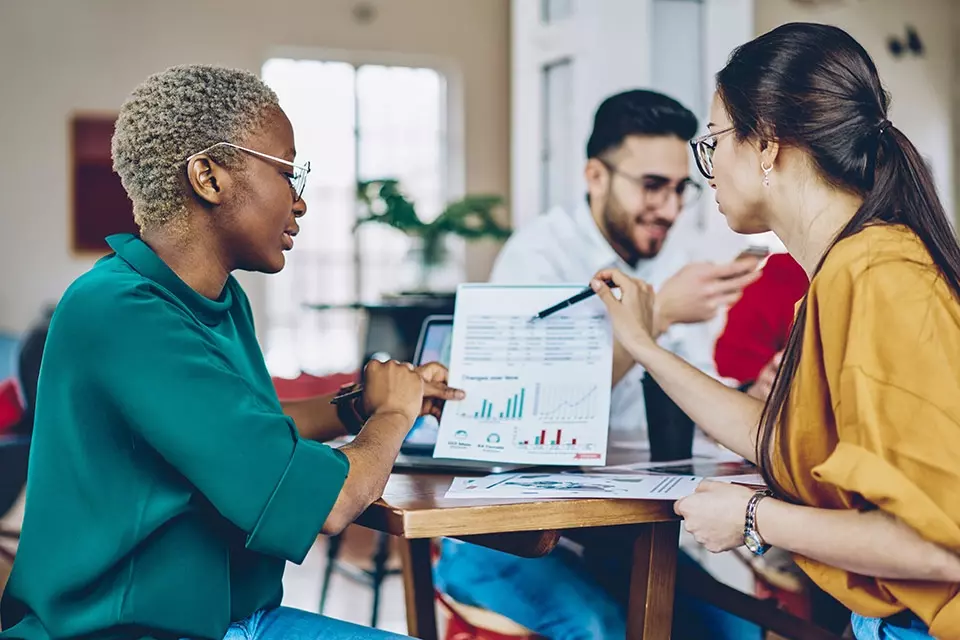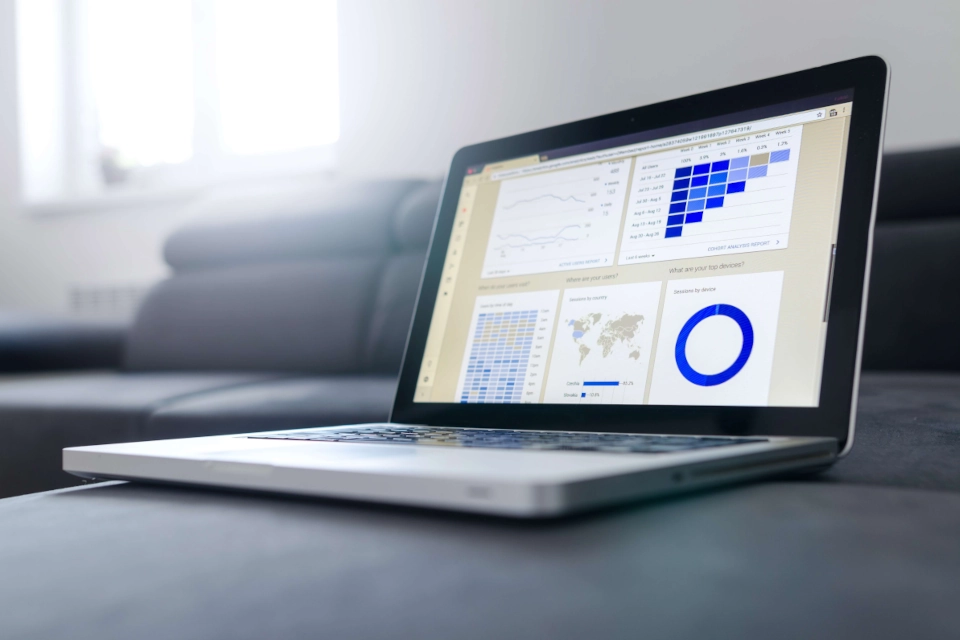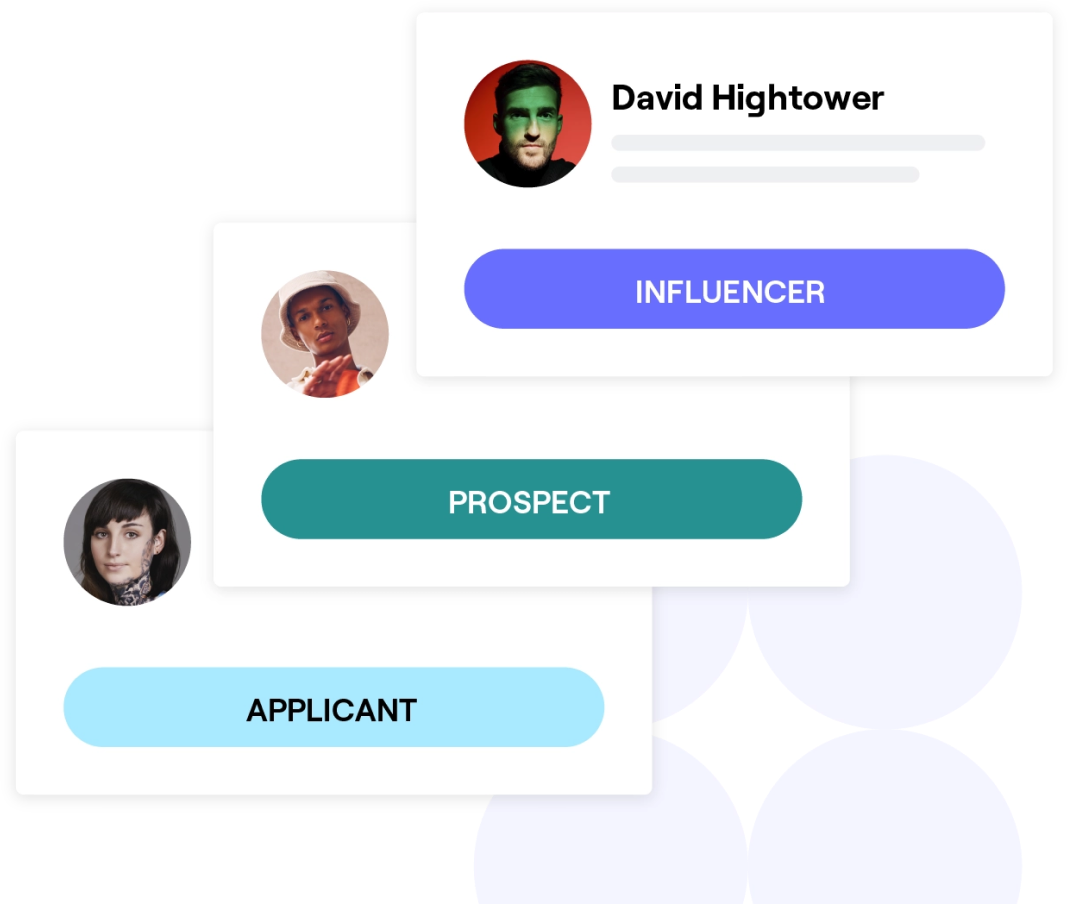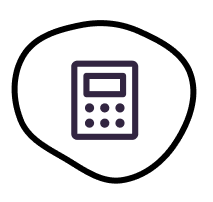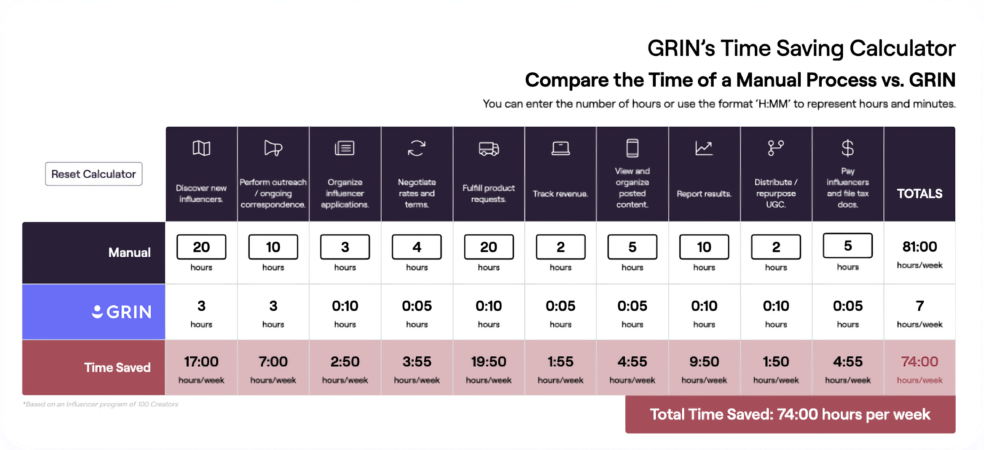Implied in the term influencer marketing is the concept of social influence. Rather than blindly accepting that this marketing approach works, we actually have ways to measure this social influence and draw key connections between an influencer and the impact that that individual has on an engaged audience.
What is influence?
Influence is impact. The very fabric of relationships involves trust and influence. Relationships between adults impact many of the decisions that they make.
“The psychology of influence revolves around the concept that people can be influenced into doing things. Influence is often an unconscious act. People are not always aware when they are being influenced and that is why it works.”
–GRIN, The Psychology of Influence
In digital marketing, experts are studying the effects that influencers have on their online communities, and by extension, the brands that employ them. This impact on consumer behavior is often referred to as social influence.
What is social influence?
Social influence is the effect that a group has upon members within that group. In adolescence, we often refer to social influence as peer pressure. There exists some similarities between the two, but social influence is a topic that marketing experts analyze to understand consumer behavior.
Social influence does not follow the logic that consumers are easily manipulated into purchasing certain products or services – quite the opposite. In today’s social media environment, consumers have more options to join virtual communities that support their values and lifestyle aspirations and to leave the ones that don’t.
And once consumers identify their favorite influencers and online communities, they take the opinions of others in that group seriously, even if they do so unconsciously. Therefore, studying social influence is a two-pronged analysis:
- By understanding social influence, you can determine the impact that an influencer’s thoughts, opinions, and recommendations have upon their audience. This impact also has a halo effect that overflows onto members of that audience. In other words, audience members have their own impact on one another, even though they frequently look to the community leader (i.e. influencer) for some measure of direction.
- By understanding social influence, you better understand individual consumers making up a particular audience. Online communities are not inherited communities, such as family, family friends, one’s hometown, etc. Consumers choose their online communities because they find a sense of belonging and shared values.
How to measure social influence
Taking the time to identify and measure social influence can yield incredible insights into the quality of your influencer program. Gathering the metrics below may require you to perform “deep dives” on your influencers’ online communities. Other metrics are available through web analytics or IRM automation tools.
Network influence
Influencer marketers pay close attention to the extent an influencer’s recommendations and opinions impact his/her audience. But the reality is that many influencer followers are either influencers themselves or have a strong impact on their own social media audience.
As a result, some influencers achieve higher performance due to the quality of their network. Each influencer network includes engaged social media users with their own social influence online.
Amplification probability
Amplification in digital marketing (often referred to as content amplification) is the scope of social media sharing for a single piece of content – blog, video, post, etc. Within the context of influencer content amplification, your amplification probability pertains to the number of sharing opportunities your influencer has with their audience.
Mathematically speaking, probability is measured from 0 to 1 via a fraction or decimal. The numerator (top number in a fraction) represents the number of posts or pieces of content you hope will circulate the web.
Numerator (posts or pieces of content)
_____________________________________
Denominator (possible amplification opportunities or reach)
In the denominator, you total all possible amplification opportunities, including an influencer’s followers and those followers’ followers.
The challenge with amplification probability is that it can only measure quantitatively. In other words, this metric does not take into account the likelihood of post sharing, only the possibility. As such, amplification probability is a starting point – it states as a fraction, decimal, or percentage the reaching the full measure of available opportunities.
Additional qualitative factors, such as network influence and influencer authenticity can increase the likelihood of content amplification.
Reach
Influencer post reach is a key marketing KPI when tracking awareness during an influencer campaign. Reach refers to the number of people who are likely to see a particular piece of content. Another way of referring to “possible amplification opportunities” in the discussion above is to use the term reach.
Reach includes an influencer’s followers, plus social media communities that each follower enjoys. Similar to amplification probability, reach is a quantitative metric, but it does not automatically tell you how likely it is that an influencer’s reach will deliver results. For that information, you’ll need to track engagement metrics.
Engagement
Engagement is authentic audience interaction. Engagements include post likes, post comments, shares, clicks, and platform-specific engagement options, such as TikTok’s duet feature.
When members of an audience take the time to engage a post, you know that that post had an impact. That said, fake influencers have found ways to imitate authentic engagement. But when you examine those engagements closely, you will often find red flags, such as comments lacking substance or glaring grammar/spelling errors.
By taking an number of engagements and dividing it by the influencer’s follower count, you can find that influencer’s engagement rate:
Number of likes, comments, shares, etc. / Number of followers = Engagement Rate
If you’re using an influencer marketing platform like GRIN, the software will calculate engagement metrics for you.
Engagement metrics do not guarantee influencer results, but they can signal the value of that influencer’s social influence. These metrics also signal influencer authenticity, both of which typically contribute to high conversion rates during influencer campaigns.
Reputation
When examining the reputation of an influencer and his/her online community, you’re typically looking for how well and how often members express their values. Influencers work very hard to develop a personal brand.
That personal brand overflows onto their online communities to an extent. As such, influencers often nurture a certain reputation. While it is rare to find an influencer with a bad reputation (in general, influencers achieve their status by being positive and uplifting), you should think critically about how that influencer’s reputation fits with your brand’s reputation.
Conversations
One of the best ways to track social influence is to follow social media conversations under influencer posts. The best influencers never miss an opportunity to engage their followers, and followers will comment with questions and feedback more often if they know that the influencer will respond.
Once you’re working with an influencer, you can further track conversations through direct messages and resulting link clicks (conversions). Social influence grows rapidly among quality conversations between influencers and their followers.
Following Analysis
Another way to measure social influence is to investigate demographics related to an influencer’s audience. For example, an influencer may be especially popular in a particular country or region.
The first “giveaway” with regards to follower demographics will be language. Furthermore, you may be able to tell between followers who use English as their first or second language. Besides ethnicity, you can examine lifestyle demographics, such as gender, family size, and economic status.
A following analysis can help your marketing team determine which social media communities are most likely to experience social influence within a particular campaign.
How to use social influence for your brand and drive revenue
Understanding what social influence is and how you measure it is great. But once you’ve gathered this information, what do you do with it?
Influencer recruitment
Social influence can greatly enhance your influencer recruitment efforts. The influencer vetting process is often the most crucial component to any successful influencer program.
Influencer analysis
If you’ve been impressed or disappointed with a particular influencer’s results, it may be a good idea to take a closer look to find out why that influencer performed as well as he/she did. After identifying influencers that outperform the rest of your team, you can use social influence insights to find look-alike influencers to capitalize on what you know works for your brand.
Campaign planning
Taking the time to analyze your influencers’ social influence can help you plan your next set of campaigns. Social influence insights can help you craft your message, set your budget, and brief your influencers.
Building an influencer community
Establishing a community of long-term influencer relationships is proven to generate the best results in the influencer marketing industry. After you’ve worked with several different kinds of influencers across multiple campaigns, you can examine your influencers’ audience impact to help you create a thriving community of top-performing influencers.
Conclusion: Measuring social influence can have massive impacts on your brand.
Large enterprises will spend hundreds of thousands of dollars to understand what kind of social influence their brand has upon their audience. If you’re like most DTC brands, you don’t have that kind of budget.
But you don’t have to be an Amazon-sized eCommerce business to know valuable details about your brand’s social influence. Furthermore, closely examining members of your influencer team can help you capitalize on those online communities where you have an enormous impact. Executing the social influencer tracking tools above, you can improve your influencer program and drive higher conversions.


